/6e2e05ab-994b-4e95-b1ad-71a1ad9d79f7.png)
Logic Model Template and Examples for Outcomes: Improve Conditions
Review Rating Score
A logic model is an essential planning tool that helps organizations identify and describe the relationships between program components, intended outcomes, and the conditions required for success. Whether you're developing a new program or revising an existing one, using a logic model template can help you align your goals, resources, and activities with your desired outcomes.
What is a Logic Model?
A logic model is a visual representation of the underlying assumptions, reasoning, and anticipated outcomes of a program or activity. It's a planning tool that helps organizations clarify their program goals, identify the key components needed to achieve those goals, and articulate the relationships between inputs, outputs, and outcomes.
Why Use a Logic Model?
Using a logic model has several benefits, including:
- Improved Planning: A logic model helps organizations plan and design programs more effectively and efficiently by clarifying their program goals, activities, and desired outcomes.
- Clearly articulated outcomes: A properly developed logic model helps you articulate the outcomes you wish to achieve and the conditions required for success.
- Improved Communication: A well-designed logic model not only clarifies program goals but also helps communicate those goals to stakeholders, funding agencies, and other interested parties.
- Better Decision-making: A logic model helps you make informed decisions about program design, implementation, and evaluation by identifying the resources and inputs required to achieve desired outcomes.
Elements of a Logic Model
A typical logic model includes the following components:
- Inputs: The resources, like time, expertise, funds, and other assets required to develop and implement the program.
- Activities: The actions, processes, interventions, or events that are undertaken to implement the program.
- Outputs: The tangible and intangible products or services that result from program activities.
- Outcomes: The changes, benefits, or results that occur as a result of program activities.
- Assumptions: The underlying beliefs or predication that the log model is based upon.
Examples of a Logic Model Template
If you want to create a comprehensive logic model for your program, our Logic Model Template is the perfect tool to help guide you through the process. The template provides you with a framework to input your specific inputs, activities, outputs, outcomes, and assumptions. Download our free Logic Model template in DOCX format now, and start planning with ease.
Visit BizzLibrary.com today to download a wide variety of useful document templates, including Logic Model templates, Sales Agreements, Legal Contracts, and much more. Whether you're starting a new business or upgrading an existing one, BizzLibrary.com is your one-stop-shop for all your document needs.
Is the template content above helpful?
Thanks for letting us know!
Reviews
Judith Bonilla(6/28/2023) - AUS
Grateful!!
Last modified
Our Latest Blog
- The Importance of Vehicle Inspections in Rent-to-Own Car Agreements
- Setting Up Your E-mail Marketing for Your Business: The Blueprint to Skyrocketing Engagement and Sales
- The Power of Document Templates: Enhancing Efficiency and Streamlining Workflows
- Writing a Great Resume: Tips from a Professional Resume Writer
Template Tags
Need help?
We are standing by to assist you. Please keep in mind we are not licensed attorneys and cannot address any legal related questions.
-
Chat
Online - Email
Send a message
You May Also Like

Corporate Development Agenda Template - Streamline and Enhance Development Initiatives Globally
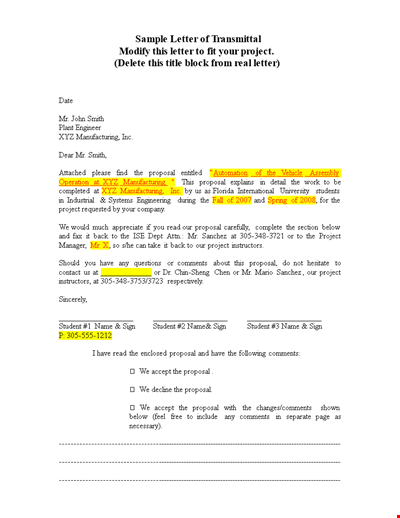
Letter Of Transmittal Template - Create a Professional Project Transmittal Letter
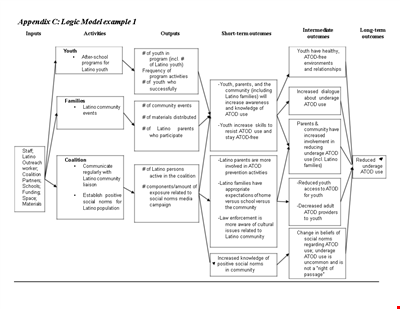
Logic Model Template for Community Youth Latino

Sales Proposal Template: Create Winning Presentations for Clients
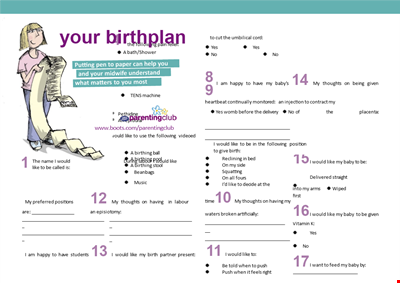
Creating a Personal Birth Plan Template for a Happy and Following Birth with Your Partner

Meeting Proposal Templates - Video-Focused | JordannaRajaProposal.com
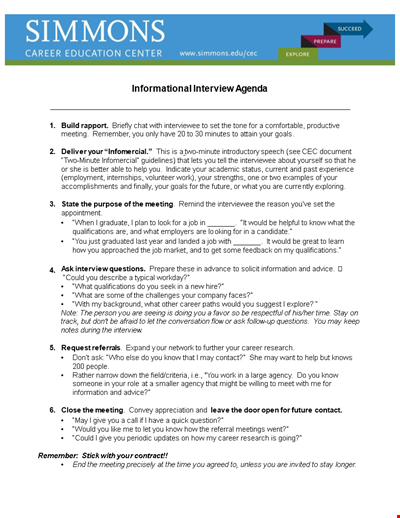
Creating an Effective Informational Interview Agenda for a Successful Career Meeting

Client Website Design Proposal Agreement - Professional Website Design Services

Sample Proposal Collection: Explore Project Options for Inspiration
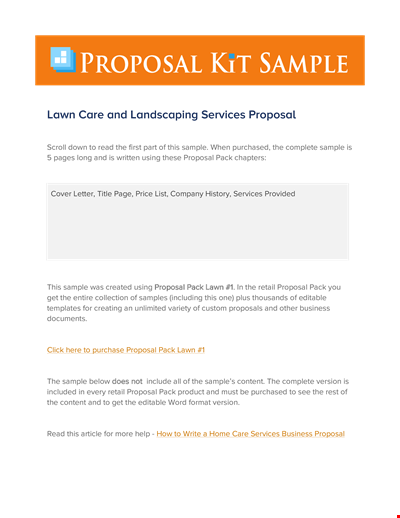
Lawn Care Services Proposal for Landscaping

Project Business Proposal Template | Word | Streamline Your Project Business

Nonprofit Program Budget Template | Project Budget for Organization

Simple Marketing Strategy Template for Effective Planning and Execution

College Website Design Proposal - Creative and Functional Website Solutions
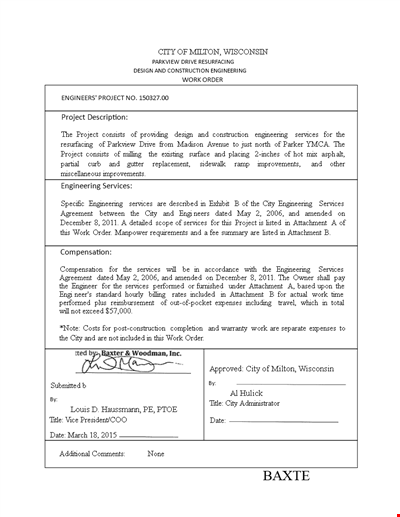
Construction Engineering Work Order Template | Easy Project Management
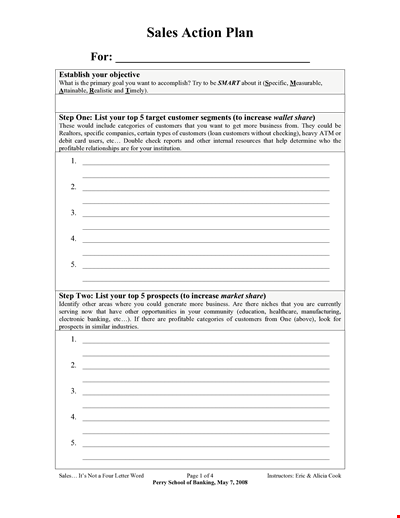
Free Sales Action Plan Example PDF Template for Download